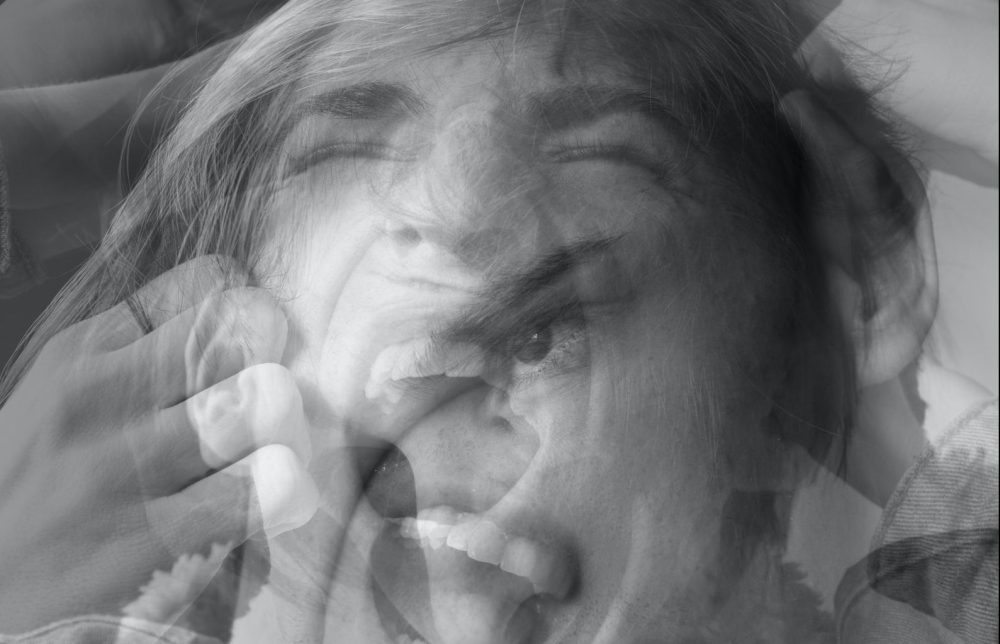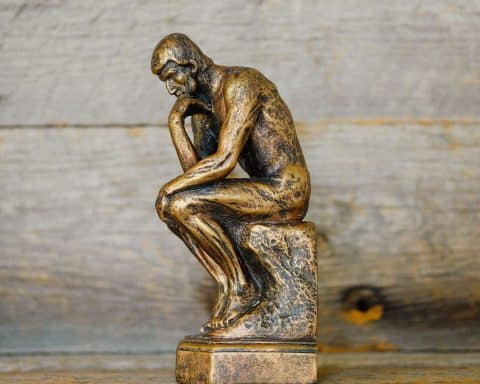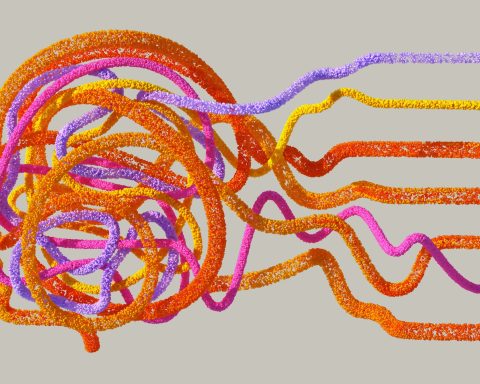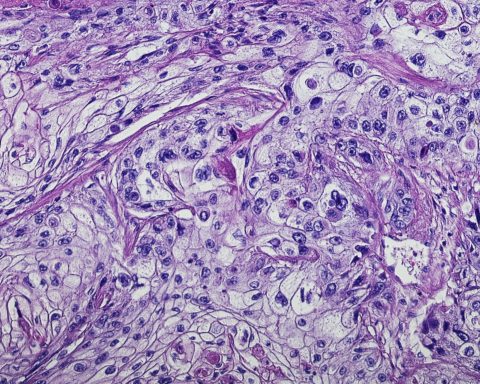 Maria Michail is an Associate Professor at the Institute for Mental Health, University of Birmingham, with expertise in suicide prevention across primary care settings.
Maria Michail is an Associate Professor at the Institute for Mental Health, University of Birmingham, with expertise in suicide prevention across primary care settings.
We often hear how suicide prevention is an issue for specialist mental health services. Is it though? GPs are often the first and last healthcare contact for those who die by suicide, including young adults.1 Self-harm presentations among young people in primary care have increased; and young females who self-harm, are more likely to present to general practice than any other healthcare setting.2 Self-harm is one of the strongest predictors for suicide.3
General practice is the bedrock of our NHS, and GPs can play a unique role in supporting young people at-risk of suicide.
GPs are often the first and last healthcare contact for those who die by suicide.
“I remember sitting in the waiting room, and that was not pleasant because people were coughing and sneezing, and I was like ‘why am I here? I am not coughing or sneezing’ I had lots of internalised stigma about the GP, without really knowing it”
Many young people are apprehensive because they do not know what to expect from a GP consultation; what questions they might be asked, how much they should share with their doctor, and what their doctor would do with that information. Young people who are suicidal often talk about how difficult it is to find the right words to describe how they feel. Because of this, many fear that they might not be taken seriously.4
#MyGPguide is an evidence-informed resource co-designed with young people for young people with lived experience of self-harm and/or suicidal behaviour to prepare them for their GP consultation offering vital information and advice on:5
- What to consider before they visit their doctor, including preparing questions and booking an appointment.
- How to manage the consultation, what their rights are with respect to confidentiality, what questions their doctor might ask them, and how to manage discussions about medication, safety planning and referral to mental health services.
- What to do after the consultation and how their doctor can support them including signposting and accessing professional support.
A video version of #MyGPguide, co-produced with young people, brings the guide to life by communicating key messages in an interactive and engaging way.
So, how can GPs use #MyGPguide to support young people and facilitate the best consultation?
Suicidal thoughts and feelings come and go … it can be difficult … to … know what to do or who to turn to.
- Signposting young people: The guide offers a range of resources and information (e.g. helpline organisations, digital support services) GPs could use to signpost young people to. This can be helpful whilst young people wait for a follow-up appointment; an initial assessment with specialist services, or simply for self-management.
- Alleviating concerns about privacy and confidentiality: Explaining confidentiality and its limits clearly and as early in the consultation as possible can create a safe space for young people to talk openly about self-harm and/or suicidal experiences.
- Safety planning: Self-harm and suicidal thoughts and feelings come and go. However, it can be difficult for a young person to manage these feelings when in distress; and know what to do or who to turn to. Working with the young person collaboratively to draw a plan to keep them safe is a simple and effective intervention, which could save lives (https://bjgplife.com/safety-planning-a-simple-and-effective-intervention-that-can-save-lives-how-can-we-work-together-to-keep-you-safe/ )
- Following a GP consultation: Many young people do not know what to expect or sometimes may underestimate the time it takes for a referral to be processed or an initial assessment to take place. #MyGPguide offers information about “what next?” As a GP, managing expectations, being transparent about what the next steps are, and keeping young people informed goes a long way into maintaining a trusting therapeutic relationship.
Consultations about self-harm and suicidal thoughts and feelings can be challenging for both GPs and young people. #MyGPguide, along with other online resources (https://www.rcgp.org.uk/clinical-and-research/about/clinical-news/2018/february/mental-health-in-young-people-top-tips-for-gps.aspx ) we have designed with the RCGP, offer evidence-based, accessible and practical tips to facilitate the best consultation and support young people at-risk of suicide.
Suicide prevention requires a multi-faceted, whole system approach. As part of this, GPs situated at the heart of communities can play a vital role.6
DOI: Maria Michail is the lead author of #MyGPguide and the Suicide in Children and Young People: Tips for GPs article, published in the RCGP Mental Health Toolkit. This is a non-commercial product for which the authors receive no royalties.
References
- Bryan CJ, Rudd MD. Managing Suicide Risk in Primary Care. Springer Publishing Co, New York, NY, 2011.
- Marchant A, Turner S, Balbuena L, et al (2020). Self-harm presentation across healthcare settings by sex in young people: an e-cohort study using routinely collected linked healthcare data in Wales, UK. Arch Dis Child; 105:347-354
- Suicide by children and young people. National Confidential Inquiry into Suicide and Homicide by People with Mental Illness (NCISH). Manchester: University of Manchester, 2017.
- Farr J, Surtees, ADR. Richardson, H.; Michail, M. (2021). Exploring the processes involved in seeking help from a general practitioner for young people who have been at risk of suicide. Int. J. Environ. Res. Public Health; 18(4), 2120.
- Michail M., Hunter, R., Mitchell L., Morgan J., Rathore I., Reid K., Tresadern C., Williams B., Campbell N. Visiting your General Practitioner: A guide for young people with lived experience of self-harm and suicidality. Birmingham: Institute for Mental Health, School of Psychology, University of Birmingham, 2021. doi: https://doi.org/10.6084/m9.figshare.17069660.v1
- Michail M., Mughal F., Robinson J. (2020). Suicide prevention in young people: Optimising primary care. Br J Gen Pract; 70(692):104-105.
Featured image by Callum Skelton at Unsplash







BJGP Life & Micahil, M. | December 2021 |#MyGPguide: Visiting your GP: A guide for young people with lived experience of self-harm and suicidality |
GPs are often the first and last healthcare contact for those who die by suicide, including young adults. Self-harm presentations among young people in primary care have increased; and young females who self-harm, are more likely to present to general practice than any other healthcare setting. Self-harm is one of the strongest predictors for suicide.
#MyGPguide is an evidence-informed resource co-designed with young people for young people with lived experience of self-harm and/or suicidal behaviour to prepare them for their GP consultation offering vital information and advice on:
What to consider before they visit their doctor, including preparing questions and booking an appointment.How to manage the consultation, what their rights are with respect to confidentiality, what questions their doctor might ask them, and how to manage discussions about medication, safety planning and referral to mental health services.What to do after the consultation and how their doctor can support them including signposting and accessing professional support.
A video version of #MyGPguide, co-produced with young people, brings the guide to life by communicating key messages in an interactive and engaging way.
[youtube https://www.youtube.com/watch?v=fWssS4r1vMo?version=3&rel=1&showsearch=0&showinfo=1&iv_load_policy=1&fs=1&hl=en&autohide=2&start=2&wmode=transparent&w=656&h=369%5D
Full details are available from BJGP Life
Share this:TwitterFacebookLike this:Like Loading…
Related